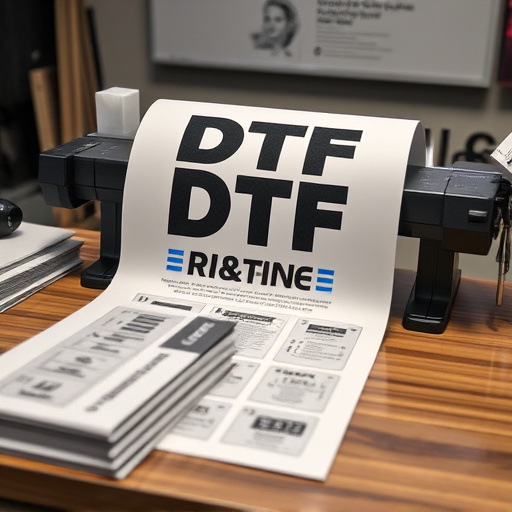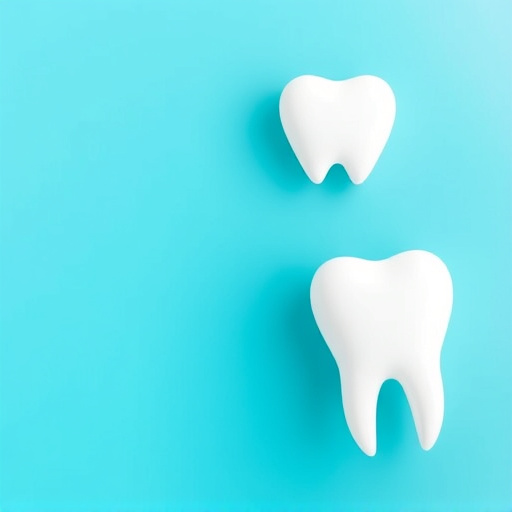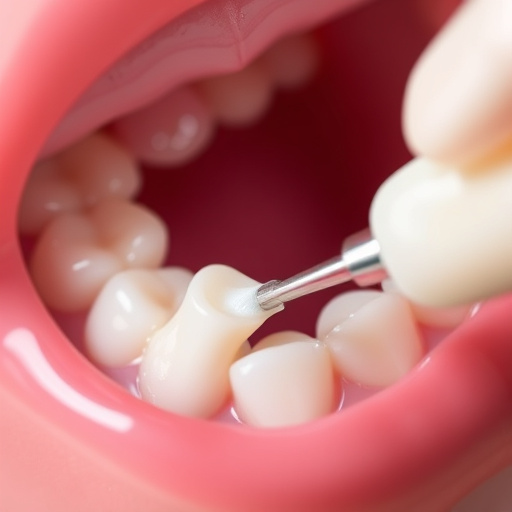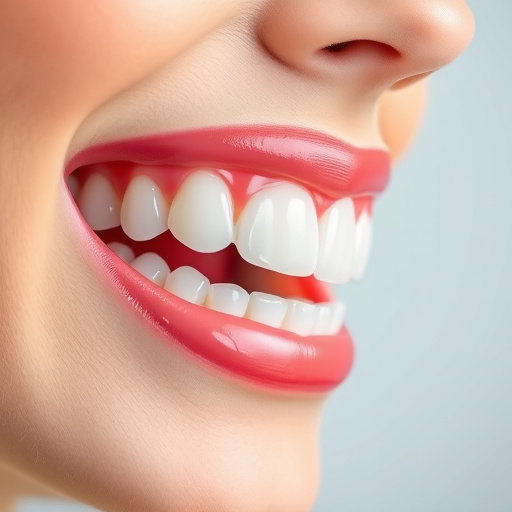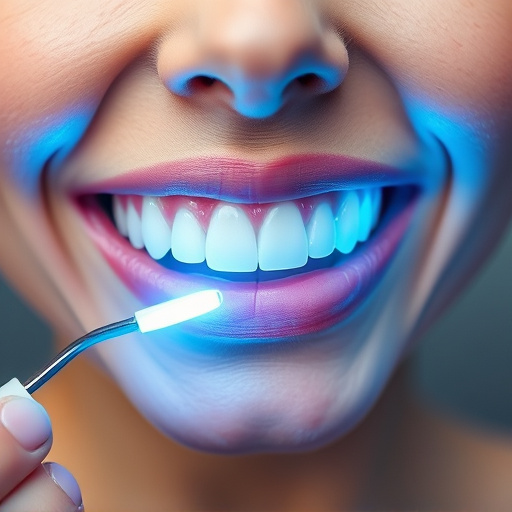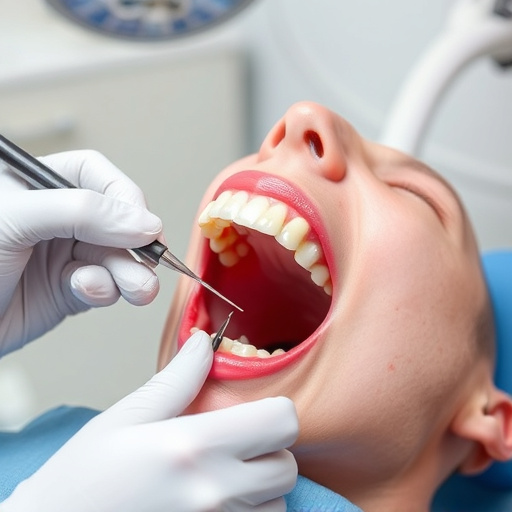Gum health evaluation is a vital component of comprehensive dental care, involving detailed examinations to detect periodontal issues early. Dentists use specialized tools to assess pocket depth, identify tissue problems, and monitor recession or bone loss. Regular follow-up appointments are crucial for preventing severe conditions like periodontitis, which impacts both oral and systemic health. By integrating emergency, cosmetic, and restorative dentistry, dental professionals can ensure healthier gums, leading to improved patient outcomes and a vibrant smile. Consistent cleaning intervals, patient education, and early prevention in children's dentistry further emphasize the importance of routine gum health evaluations in preventative care.
Gum health evaluation is a crucial aspect of overall oral care, often overlooked yet significantly impacting overall well-being. This article delves into the essentials of routine gum health assessments, offering a comprehensive guide for professionals and patients alike. From understanding the basic components of an evaluation to implementing effective follow-up scheduling, we explore strategies to ensure long-term oral health. Discover best practices for maintaining vibrant gums and learn how regular check-ins can prevent potential issues.
- Understanding Gum Health Evaluation: The Basics
- Implementing Routine Follow-Up Scheduling
- Benefits and Best Practices for Long-Term Care
Understanding Gum Health Evaluation: The Basics
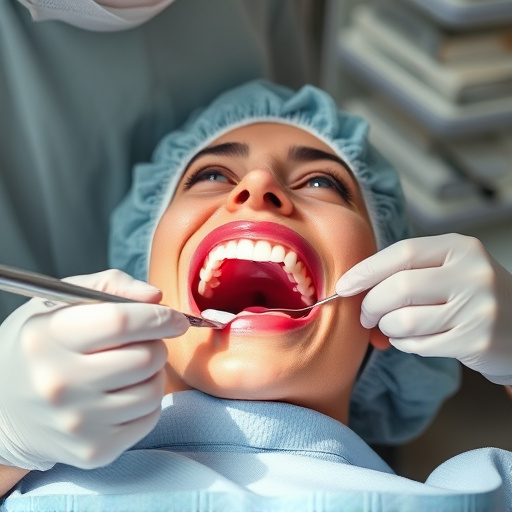
Gum health evaluation is a fundamental aspect of comprehensive dental care. It involves meticulous examination and assessment of the gums to detect any signs of inflammation, infection, or disease. This process goes beyond the teeth, recognizing that gum health directly impacts overall systemic wellness. Dentists use specialized tools and techniques to measure pockets between gums and teeth, assess tissue color, texture, and bleeding, and look for potential signs of recession or bone loss. Early detection through regular gum health evaluations can prevent minor issues from escalating into serious dental problems, including periodontitis, which affects not just the mouth but also the body as a whole.
In addition to maintaining optimal oral hygiene, routine follow-up scheduling plays a pivotal role in gum health management. Regular visits allow dentists to monitor any changes in the gums over time, providing an opportunity for prompt intervention should issues arise. These appointments facilitate thorough cleaning and scaling, removing plaque buildup and tartar that can’t be eliminated through daily brushing and flossing. By integrating emergency dental care, cosmetic dentistry, and restorative dentistry practices into regular routines, individuals can enjoy healthier, stronger gums, leading to a vibrant and lasting smile.
Implementing Routine Follow-Up Scheduling
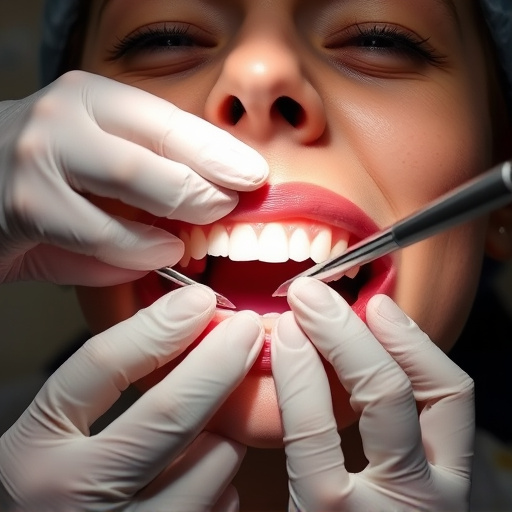
Implementing Routine Follow-Up Scheduling for gum health evaluation is a cornerstone of preventative dentistry. Regular check-ins allow dental professionals to monitor the overall oral health, including the gums, and catch any potential issues early on. This proactive approach significantly reduces the risk of severe periodontal diseases, which can lead to tooth extractions or even wisdom tooth removal.
By scheduling these follow-ups, patients benefit from continuous care and education tailored to their unique needs. Dentists can assess the effectiveness of oral hygiene practices, provide personalized recommendations for improvement, and address any concerns promptly. This ensures a healthy mouth and gums, contributing to overall well-being.
Benefits and Best Practices for Long-Term Care
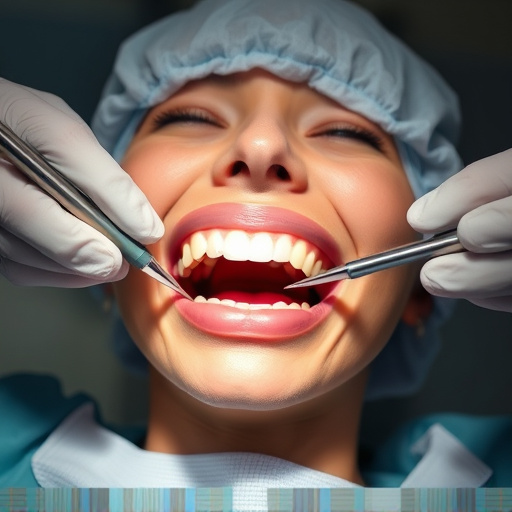
Maintaining gum health is a cornerstone of long-term oral care, and regular evaluation through gum health assessments plays a pivotal role in preventing periodontal diseases. These comprehensive evaluations allow dental professionals to identify early signs of inflammation, bleeding gums, and potential bone loss, enabling prompt intervention. By integrating gum health checks into routine dental visits, practices can foster better patient outcomes and reduce the need for intensive treatments later.
Best practices for long-term gum care involve establishing a consistent schedule for dental cleanings and check-ups, often every 3 to 6 months, depending on individual needs. Educating patients, especially those prone to periodontal issues, about proper oral hygiene techniques is essential. Incorporating restorative dentistry procedures when necessary can help restore damaged gums and teeth, while children’s dentistry practices should emphasize the importance of early prevention and regular visits to set a lifelong foundation for optimal gum health.
A regular gum health evaluation, combined with routine follow-up scheduling, is a powerful tool in maintaining optimal oral well-being. By incorporating these practices into dental routines, individuals can prevent gum disease and promote long-term oral health. This proactive approach, focused on the essential gum health evaluation, ensures that any potential issues are identified and addressed promptly, leading to healthier smiles and improved overall wellness.
